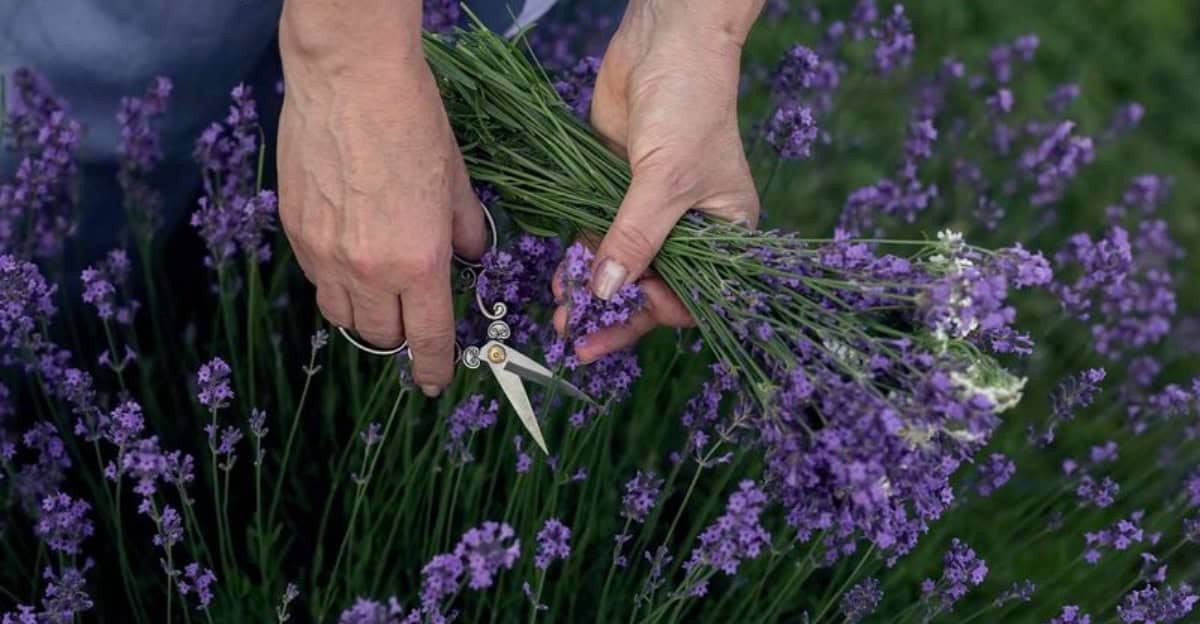Lavender is a beautiful and fragrant addition to any garden. Its soothing scent and vibrant color can transform your outdoor space into a serene retreat.
Here are 10 tips to help you grow this delightful herb and enjoy its benefits all year round.
1. Choose the Right Variety
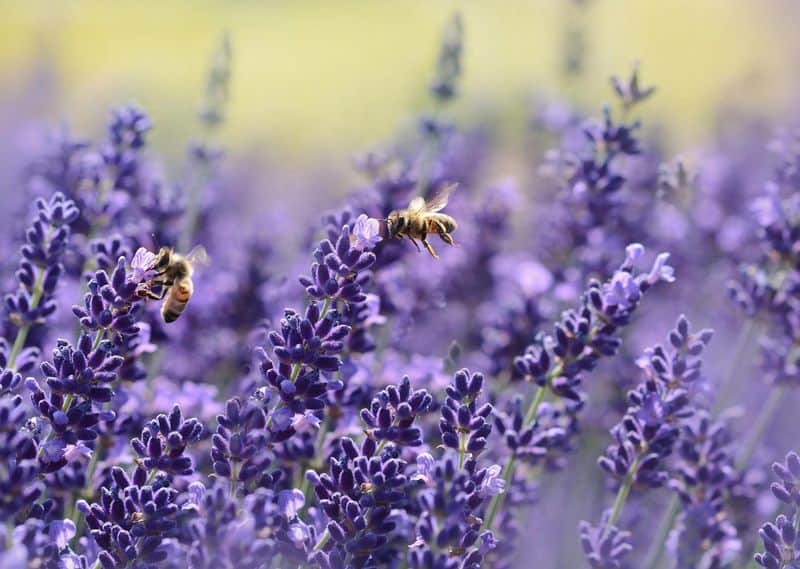
Selecting the right lavender variety is crucial. English lavender (Lavandula angustifolia) is popular for its hardiness and fragrance. Consider your climate and garden space when choosing.
Some varieties thrive in hot, dry areas, while others prefer cooler climates. Make an informed choice to ensure thriving plants and beautiful blooms.
2. Optimal Planting Location
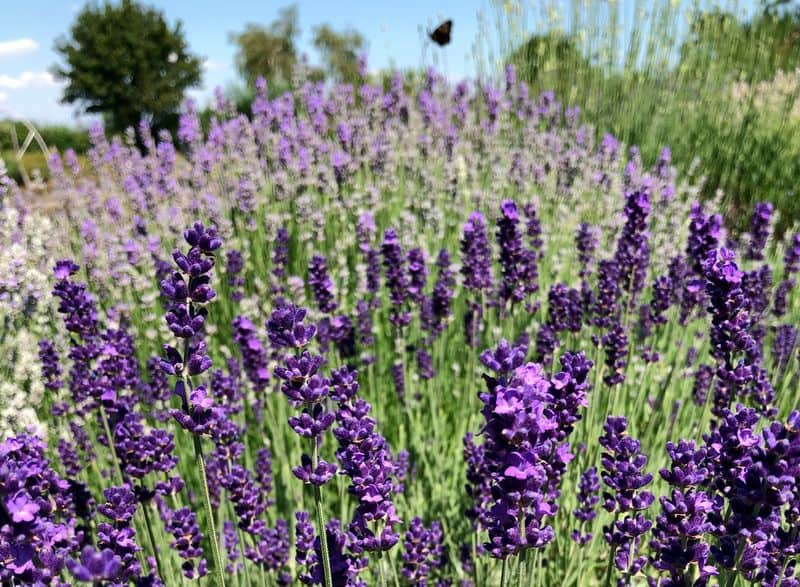
Lavender loves the sun. Plant it in a location that receives at least 6 hours of sunlight daily. Ensure good air circulation to prevent fungal issues.
Make sure to avoid damp, shady spots. Proper placement promotes healthy growth and abundant flowering, making your garden a fragrant paradise.
3. Well-Draining Soil
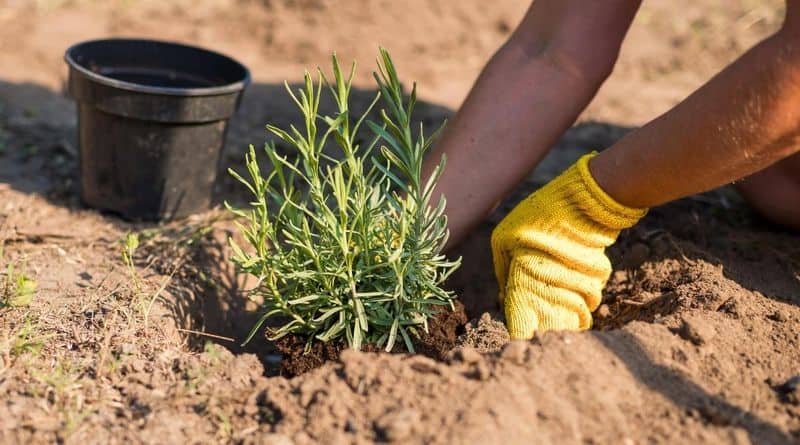
Lavender thrives in well-draining soil. Sandy or gravelly soil types are ideal. If your garden has heavy clay soil, amend it with sand or gravel to improve drainage.
Proper soil conditions prevent root rot and promote strong, healthy growth, ensuring your lavender plants flourish beautifully.
4. Watering Wisely
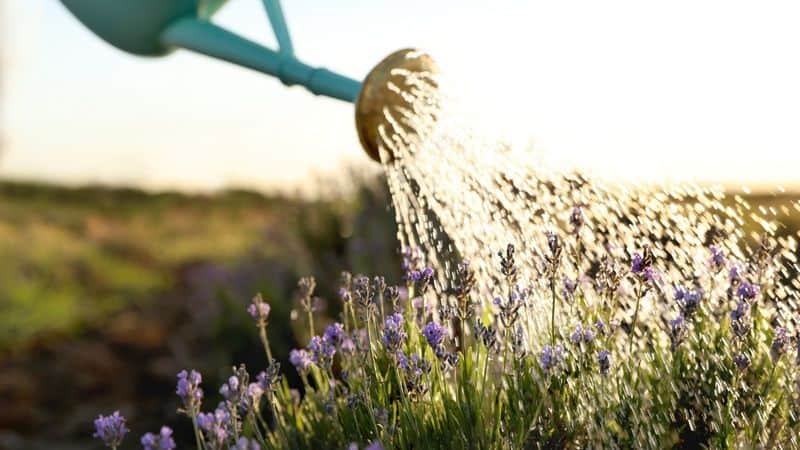
Lavender is drought-tolerant and prefers infrequent watering. Overwatering can lead to root rot. So, allow the soil to dry out between waterings.
Established plants require less water, thriving on natural rainfall. Monitor soil moisture levels and adjust watering practices accordingly to maintain thriving lavender.
5. Pruning for Health
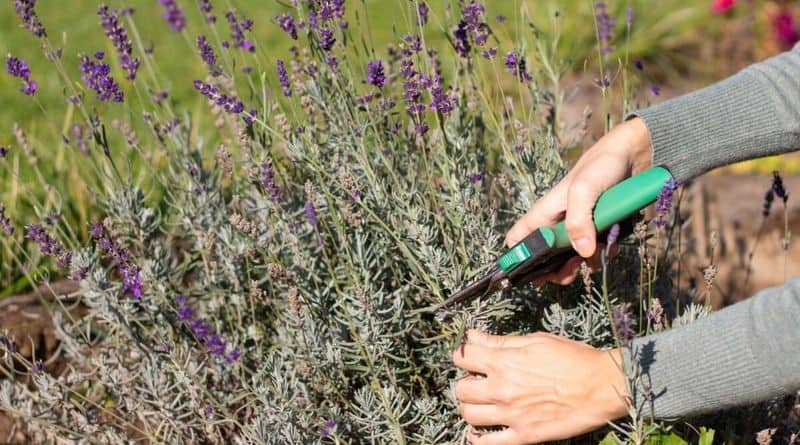
Regular pruning is essential. Trim lavender plants after flowering to encourage bushy growth and prevent woody growth.
Remove spent blooms and shape the plant to maintain its form, and remember that pruning promotes air circulation and reduces pest issues. Keep your lavender healthy and vigorous with consistent care.
6. Feeding the Plants
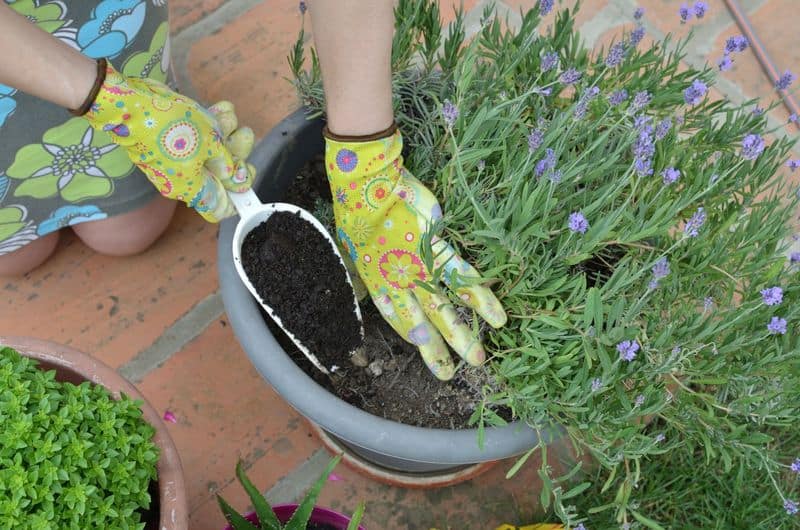
Lavender needs minimal fertilization. Use a balanced, slow-release fertilizer once in spring. Also, avoid high-nitrogen fertilizers that promote foliage over flowers.
Proper feeding supports healthy growth and enhances flowering. Maintain nutrient-rich soil to enjoy vibrant lavender blooms and a fragrant garden throughout the season.
7. Mulching Benefits
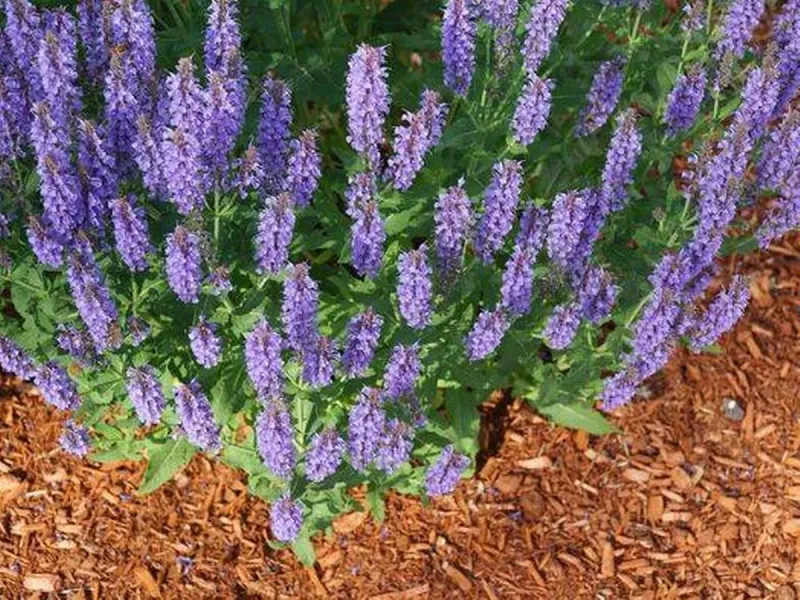
Mulching retains soil moisture and suppresses weeds. Use organic mulch like straw or wood chips around lavender plants.
Keep mulch away from the plant’s base to prevent rot. This practice conserves water, reduces competition for nutrients, and keeps your lavender garden thriving and beautiful.
8. Winter Protection
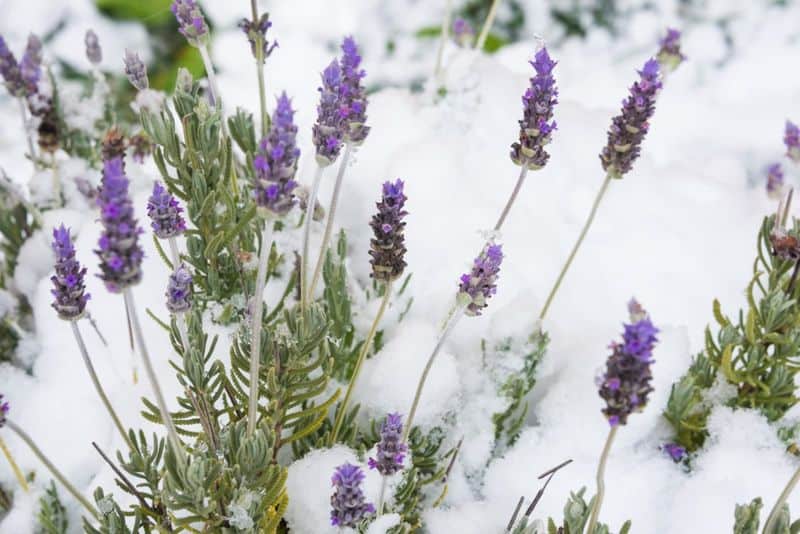
In colder climates, provide winter protection. Cover lavender with burlap or a frost cloth to insulate against freezing temperatures.
Avoid over-mulching, which can cause rot. Proper winter care ensures your lavender survives the cold and emerges healthy in spring, ready to bloom anew.
9. Companion Planting
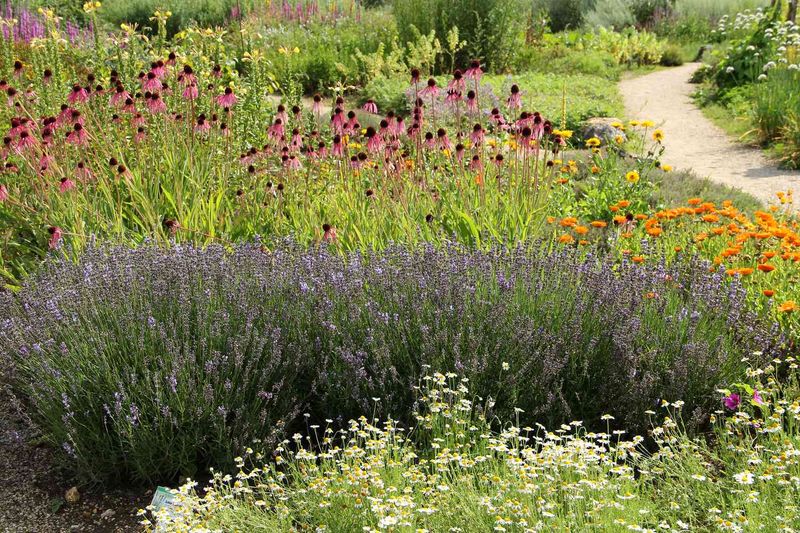
Lavender thrives with companions like rosemary and sage. These herbs share similar soil and sunlight needs. Companion planting enhances growth, repels pests, and attracts beneficial insects.
Create a harmonious and productive garden by pairing lavender with suitable companions for a fragrant and flourishing landscape.
10. Harvesting Lavender
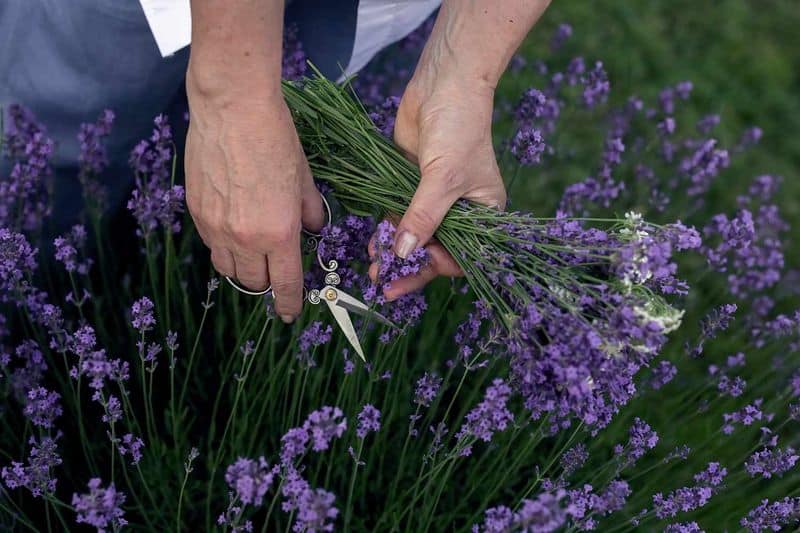
Harvest lavender when buds are vibrant and before flowers fully open. Morning is ideal for picking and preserving essential oils. Use sharp scissors to cut stems, leaving some for regrowth.
Proper harvesting ensures maximum fragrance and quality, allowing you to enjoy lavender’s aromatic beauty indoors and out.

